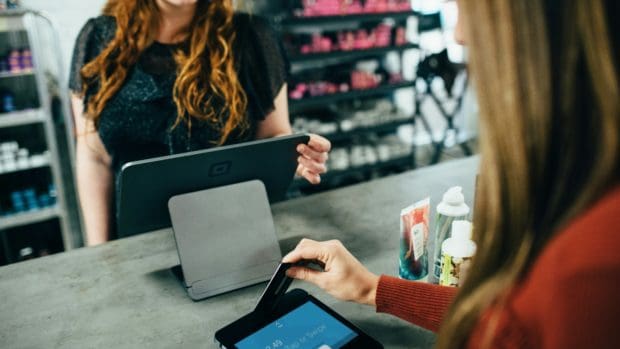
According to the results of a consumer retail survey conducted by Wunderkind, consumers are growing more strategic with their eCommerce holiday shopping activities, with timing, price, and other incentives playing a major role.
Among the many trends identified in the report, timing holiday purchases around major sales events like Black Friday and Cyber Monday (BFCM) emerged as the most notable. While many consumers begin their shopping early to secure deals — with a significant portion starting as early as September or October — the majority shopped during BFCM, with 58 per cent making purchases during Black Friday and 51 per cent taking advantage of Cyber Monday deals. Furthermore, 39 per cent of consumers felt that Black Friday held the best offers from brands across the entire week, while 25 per cent said Cyber Monday held the best offers and discounts.
The primary driver of these sales was price. Most consumers shop in the $250 – $500 range, according to the survey, and half cited price competitiveness as the top factor in their shopping decisions during BFCM. This reflects the increasing importance of price-conscious behavior, incentivized by steep discounts and promotional offers. Specifically, the perception of a “good deal” begins at a discount of 25 per cent, with 50 per cent or higher discounts being deemed excellent.
Shoppers purposefully delayed purchasing until BFCM to capitalize on anticipated sales, with over 65 per cent of respondents reporting they waited for these specific sales events to make a purchase. Offering free shipping as an additional incentive amplified the perception of additional value, with 61 per cent of consumers identifying it as the most influential factor in deciding where to shop online. Shoppers perceive free shipping as a valuable benefit that directly reduces their total cost, aligning it with the desire for price savings during holiday shopping. Free shipping was by far the front runner with loyalty points coming in as the second most desired incentive at 14 per cent
But these price and shipping incentives only take root if properly communicated and promoted. According to the survey, email and digital communication channels are critical tools for brands to engage shoppers effectively during these periods. Among channels, email remains the top choice for consumers to receive offers and promotions, with 42 per cent of consumers saying they bought directly from a brand’s email or text message.
As far as making large purchases online, laptops and desktop computers beat out mobile devices with 63 per cent of the share. Perhaps counterintuitive to most assumptions, younger shoppers chose to ditch mobile devices for large purchases more than their older cohorts with 71 per cent of Gen Z and 70 per cent of Millennials favoring laptops and desktops this past holiday season.
For brands that were looking to build opt-in consumer databases on the back of their holiday marketing efforts, over 72 per cent of shoppers did join a marketing list with an email or mobile number in exchange for an offer. 45 per cent did so with 3 or more brands across the holiday season.
As for where they shop, brand websites stand out as the most effective, especially during holiday shopping periods, with at least 42 per cent from all age groups favoring this channel due to their ability to offer seamless, personalized shopping experiences while enabling brands to control messaging and capture valuable first-party data.
Given that half of respondents conducted more than 50 per cent of their shopping through digital channels, retailers who used consumer behavior data to target shoppers with tailored offers during these key periods stood the greatest chance to benefit.
“Black Friday and Cyber Monday are the Super Bowl of eCommerce—but these insights can help brands drive revenue all year round,” said Tim Glomb, Wunderkind VP of Digital, Content, and AI. “In a world filled with consumers who use multiple devices to research and shop, it’s imperative to have a strong cross-channel and cross-device data strategy that meets an individual on their own terms. And it’s clear, across all ages, that email and text are real drivers of personalized experience and ultimately revenue.”
The Wunderkind survey polled 350 U.S. consumers in order to shed light on the key factors driving e-commerce purchasing decisions during the holiday season and beyond.








Share